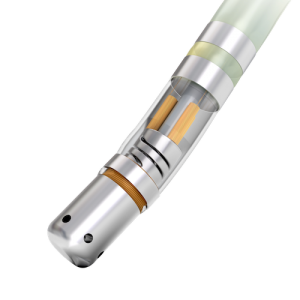 Cardiac Catheter Ablation
Cardiac Catheter Ablation
Cardiac catheter ablation uses targeted heat therapy to ablate or destroy heart tissue causing an irregular electrical signal. As the name suggests, an ablation is performed using minimally invasive catheter technology and does not require open surgery or large incisions. Dr. Banker specializes in no/low-fluoro catheter guidance– meaning patients are exposed to very little, sometimes no, radiation during the procedure.
How catheter ablation works
An RF catheter ablation is a specialized technique performed by an experienced electrophysiologist – a cardiologist with an additional two years of specialized training in the electrical signals and rhythms of the heart. First, the patient is brought to a specialized operating room known as an electrophysiology lab or EP lab. The procedure is performed under sedation for the patient’s comfort.
An ablation begins with a small incision, usually in the groin, through which a specially made catheter is passed. This catheter is threaded up a blood vessel using advanced ultrasound technology for guidance.
Once the catheter reaches the heart, special real-time mapping technology accurately visualizes the structures of the heart as well as its electrical signals, and from where they emanate. This allows Dr. Banker to plan the ablation with great precision. The catheter is tipped with a radio frequency generator, producing heat. This heat is applied in a very focused manner to eliminate the malfunctioning heart tissue – the source of the improper electrical signals.
Because the catheter offers real-time mapping of the heart, Dr. Banker has a good idea of the result immediately after the ablation and can adjust appropriately.
Recovery from the catheter ablation
Many patients can leave on the same day as the ablation, but some are kept in the hospital for one night after the catheter ablation for monitoring. Generally speaking, the risks of an ablation are low, and a cardiac catheter ablation resolves or improves Afib in up to 70-90% of patients. Rare risks can include pain, blood loss and infection at the catheterization site, damage to the blood vessels through which the catheter is threaded and damage to the heart.


